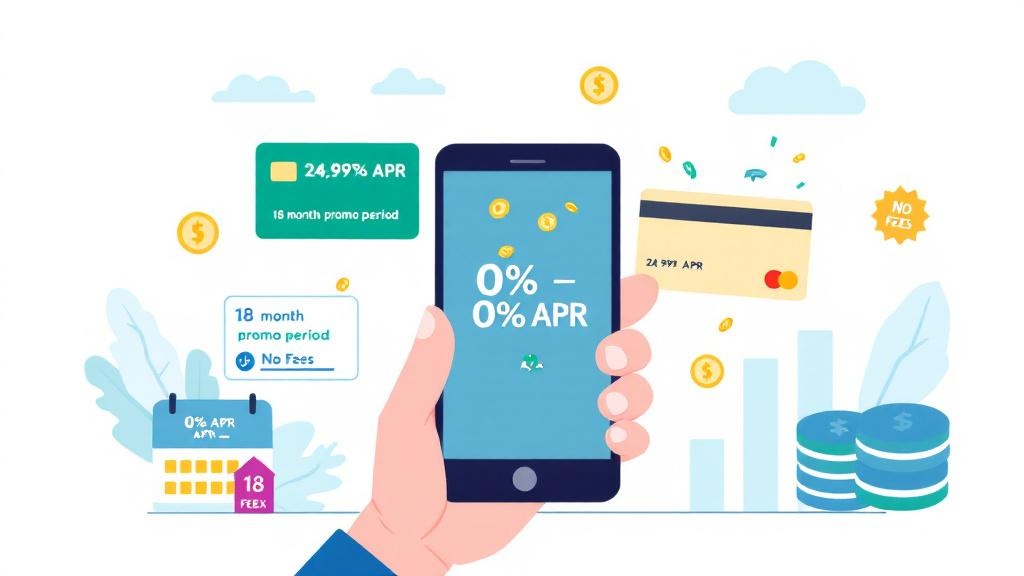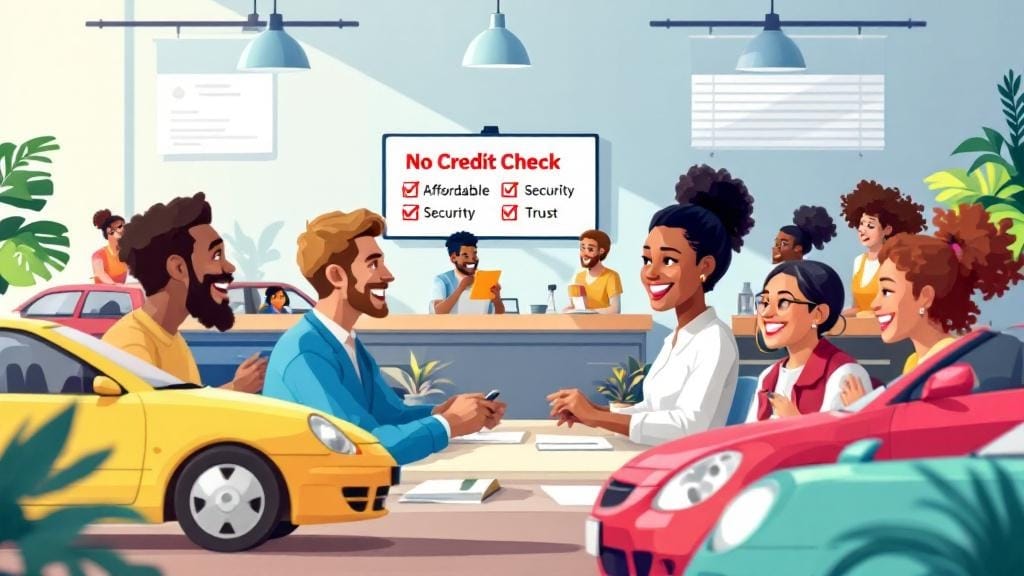Ask ChatGPT
If you’re juggling multiple credit card balances and high-interest rates, a zero percent balance transfer offer might feel like a financial lifeline. These credit card deals promise to help you get ahead of your debt by offering a temporary 0% APR on transferred balances, giving you a breather from compounding interest.
But as helpful as these offers can be, they also come with fine print, limitations, and timing factors you shouldn’t overlook. In this guide, we’ll break down how credit balance transfers work, what to consider before signing up, and how to take full advantage of these offers without falling into costly traps.
What Is a Zero Percent Balance Transfer?
A zero percent balance transfer allows you to move existing credit card debt from one or more cards onto a new credit card that offers 0% interest for a promotional period—typically between 6 to 21 months. This means you can pay off your debt without interest stacking up during that window.
Real-life example:
Emma had $5,000 on a credit card with a 24.99% APR. She transferred the balance to a card offering 0% APR for 18 months and paid $278/month. By the end of the promo period, she was debt-free—and saved over $1,000 in interest.
How a Balance Transfer Works
Understanding the process helps avoid costly surprises:
Step 1: Apply for a Card with a Balance Transfer Promotion
Look for cards offering balance transfer with 0% interest rate deals. Many credit card companies feature zero percent interest rate credit cards as promotional offers for new customers.
Step 2: Initiate the Transfer
Once approved, you’ll provide details of the credit cards from which you want to transfer debt. The new card issuer will typically handle the transfer.
Step 3: Pay Off During the Introductory Period
You’ll have a set time—often 12 to 21 months—to pay off the balance interest-free. After this window, standard APRs apply.
Benefits of Zero Percent Credit Card Transfers
✅ Save on Interest
This is the biggest advantage. With 0% APR, every payment goes directly toward the principal.
✅ Faster Debt Payoff
More of your money goes to paying down the balance, not interest. Many consumers become debt-free months or even years earlier.
✅ Simplified Finances
If you combine multiple debts into one card, it’s easier to manage payments and track your progress.
What to Watch Out For with Balance Transfer Offers
While these offers are appealing, here are key things to watch:
⚠️ Balance Transfer Fees
Even no-fee balance transfer offers may come with limitations. Some cards charge a 3%-5% transfer fee, which can be significant on large amounts.
Tip: Seek out transfer balance credit cards with no fees if you’re transferring more than $5,000.
⚠️ Credit Card Balance Transfer Terms
Every card is different. Read the terms and conditions carefully to check:
How long the 0% period lasts
What the APR becomes afterward
Any late payment penalties
Limits on how much you can transfer
⚠️ Potential Credit Score Impacts
Opening a new card and transferring a large balance can temporarily impact your credit utilization ratio and credit score.
⚠️ Missing the Deadline
If you don’t pay off the balance before the promo period ends, you could be hit with 20%+ APRs.
How to Choose the Right Zero Balance Transfer Card
When comparing zero balance transfer card offers, here’s what to look for:
🔍 1. Length of Introductory Rate
Choose a card that gives you enough time to realistically pay off your balance—look for long-term balance transfer offers of 15–21 months if needed.
🔍 2. Transfer Fees
If possible, choose a no-fee balance transfer card. Even a 3% fee on $10,000 is $300.
🔍 3. Ongoing APR
Check what the APR will revert to after the introductory period ends.
🔍 4. Rewards and Perks
Some balance transfer cards also offer cardholder benefits like cashback, fraud protection, or credit score tracking tools.
Smart Debt Payoff Strategies Using Balance Transfers
If used wisely, a zero percent credit card transfer can be a powerful part of your debt payoff strategy.
🧠 Plan Ahead
Set a monthly payment plan to eliminate the debt before the promo ends.
Use budgeting apps or set up auto-payments to stay on track.
🧠 Don’t Use the Card for New Purchases
New purchases may not be interest-free.
Focus solely on paying off the transferred balance.
🧠 Avoid Late Payments
One missed payment can cancel the introductory rate and trigger penalty APRs.
Top Mistakes to Avoid with Zero Percent Balance Transfers
Transferring more than you can repay in time
Not reading the fine print
Using multiple balance transfer cards at once
Closing old cards, which can impact your credit score
Best Tools and Tips for Staying on Track
Use the following financial tools for saving on interest and managing debt effectively:
Debt calculators: Estimate how long it will take to pay off your balance
Spending trackers: Keep tabs on where your money goes
Payment reminders: Avoid late fees and interest reversion
FAQs: Zero Percent Balance Transfer
1. How do I transfer balances from high-interest cards?
Apply for a 0% APR balance transfer card, then use the card issuer’s balance transfer feature (usually online or by phone) to shift your existing balance from the high-interest card.
2. Are there debt relief options better than balance transfers?
It depends. If your debt is unmanageable, consider debt refinancing, consolidation loans, or speaking with a credit counselor. But for manageable amounts, balance transfer deals are often the most cost-effective.
3. What happens after the introductory rate ends?
Once the introductory rate expires, any remaining balance will start accruing interest at the standard APR, which can be 16%-28% or higher. Always plan to pay off before that point.
4. How can I avoid balance transfer fees?
Look for zero balance transfer card offers that explicitly mention no balance transfer fee—often found during special promotions or through credit unions.
5. Are balance transfers a good debt payoff strategy?
Absolutely—if you commit to a plan. Combine a zero percent balance transfer with smart budgeting and you can pay off debt faster while avoiding high interest.
6. Can I use a balance transfer for multiple cards?
Yes. Most credit card comparison tools show which cards allow multiple transfers—but the total transfer amount must remain within your credit limit.
7. Will a balance transfer hurt my credit?
It can cause a temporary dip due to a new account and credit check. However, if you reduce overall debt and make on-time payments, your score typically improves over time.
Final Thoughts: Is a Zero Percent Balance Transfer Right for You?
A zero percent balance transfer can be a game-changer when used strategically. It gives you a powerful tool to stop interest in its tracks, simplify your payments, and focus on becoming debt-free.
But like all financial tools, it works best when paired with discipline, a repayment plan, and awareness of the fine print.
Before signing up, compare options carefully, read all credit card balance transfer terms, and ask yourself: Can I commit to paying this off before interest kicks in?
If the answer is yes, you could be on the fast track to financial freedom.








Comments (0)